Monstera Plant: Sun or Shade?
Monstera deliciosa, also known as the Swiss cheese plant, is a popular houseplant known for its unique fenestrated leaves and tropical vibe. With proper care, Monsteras can grow into impressive statement plants in your home. However, one key factor for healthy Monstera growth is sufficient lighting. So how much light does your Monstera really need? Let’s explore Monstera light requirements and tips for ensuring your plant thrives.
Light Requirements for Monstera Plants
In their native tropical habitats, Monsteras grow as vines climbing up trees and receive bright, filtered light with some direct sun. While they are adaptable to indoor conditions, Monsteras do best with plenty of bright, indirect light. Here are some key lighting needs to understand:
Moderate to Bright Indirect Light
Monsteras require moderately bright light year-round for optimal growth. Direct hot summer sun can scorch their leaves, but a few hours of gentle morning or late afternoon sun is usually fine. Offer at least 4-6 hours of bright, filtered light daily. East or west-facing windows are ideal in most climates. Southern exposure can work if gently filtered. Insufficient light leads to slow, leggy growth.
No Direct Sunlight
Avoid placing Monsteras in direct midday or hot afternoon sun. Their large, delicate leaves can easily burn. Provide sheer curtains, frosted glass, or distance from the window to diffuse harsh light. Dappled sun through trees is great, just avoid hot sun beating directly on the plant.
Unlock the beauty of variegated foliage – shop Monstera Variegated

High Light for Mature Plants
As Monsteras mature and climb upwards, their light needs increase. Larger, older specimens thrive with very bright light approaching full sun. But always protect from intense afternoon sun. You can also supplement with grow lights to help a climbing Monstera get sufficient brightness as it grows.
Low Light Causes Problems
Insufficient lighting is the most common reason Monsteras fail to thrive. Low light leads to slow, weak growth, less fenestrations, smaller leaves, leggy stems, and susceptibility to pests and diseases. North facing rooms are often too dark. Supplement with grow lights if your space lacks ample natural brightness.
Optimizing Your Monstera’s Light Exposure
Getting the right amount of light for your Monstera depends on your specific growing conditions. Here are some tips to ensure your plant gets what it needs:
Choose the Right Window
Assess the light in your space. East or west-facing windows are ideal in most climates. Unobstructed south can work if gently filtered. Avoid north facing rooms unless you can supplement light. Move plants to catch the best light at different times of day.

Use Sheer Curtains and Filters
Diffuse harsh direct sun with sheer curtains. You can also buy UV filtering window films that reduce intensive brightness while still allowing light through. These are great for southern exposures.
Adjust Distance from Window
Place plants closer or further from light sources to find the “goldilocks” zone. Generally 3-6 feet from an unobstructed window is a good range. Move plants as needed with the seasons.
Provide Supplemental Lighting
Grow lights are very helpful if your space lacks sufficient natural light. LED full spectrum grow lights on stands offer adjustable brightness.
Rotate and Prune
Turn plants periodically so all sides receive light. Prune leaves that excessively shade lower ones. This ensures light exposure is balanced.
Monstera species are the most sought after by aroid plant lovers
Recognizing Light Stress in Monstera
It’s important to monitor your Monstera and watch for signs of too much or too little light. Adjust conditions promptly to get back on track. Here’s what to look for:
Symptoms of Too Much Light
- Leaf scorching with brown, crispy edges
- Sunburned yellow/white patches on leaves
- Leaves shriveling or curling inward
- Excessive variegation in new leaves
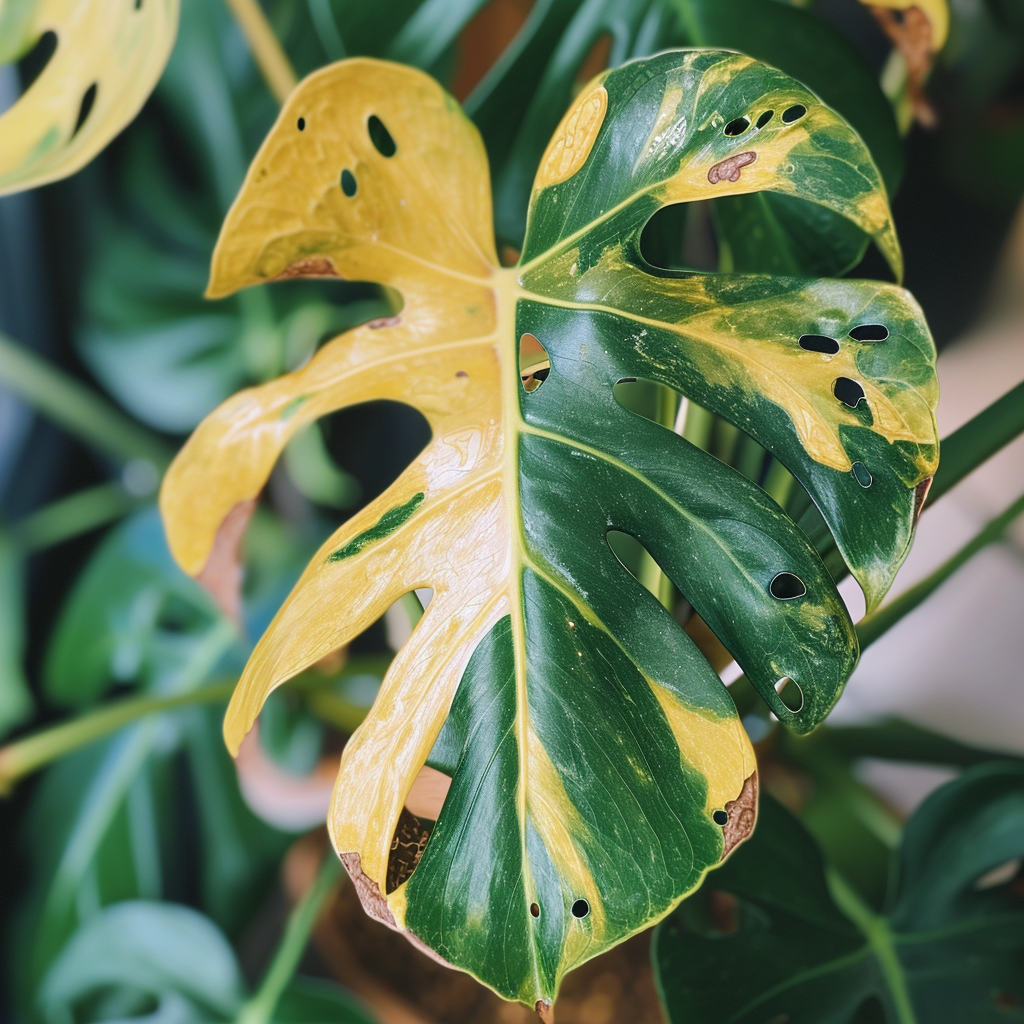
Symptoms of Too Little Light
- Smaller leaf size and slower new growth
- Spindly, leggy stems with fewer aerial roots
- Less fenestrations/slits in leaves
- Duller leaf color, yellowish vs vibrant green
- Tip dieback and dropping lower leaves
Achieving Lush Monstera Growth
Monsteras are not the most demanding plants when it comes to lighting needs. But providing the right brightness is key to achieving those huge, iconic split leaves. With a bright east or west-facing window, sheer curtains, and proper rotation, you can offer perfect conditions. Supplement struggling plants with grow lights. A little attention to lighting, and your Monstera will reward you with vigorous, showstopping growth.
Enhance your indoor garden with other popular plants like Epipremnum, Philodendron, Syngonium, and Homalomena. These plants thrive in similar lighting conditions and make great companions to your Monstera.
Conclusion
Monstera deliciosa is a beautiful and popular houseplant that requires moderate to bright indirect light for optimal growth. Direct sunlight can cause damage, while insufficient lighting leads to slow, weak growth. By understanding your Monstera’s light requirements and implementing some simple tips, you can ensure your plant thrives and achieves its full potential. Remember to monitor your plant for signs of light stress and make adjustments as needed to achieve lush, healthy growth. With the right amount of light, your Monstera will become a stunning statement plant in your home.
FAQ
- How much sunlight does a Monstera plant need?
- Monstera plants thrive in bright, indirect sunlight. They can tolerate some direct sunlight but should be shielded from harsh afternoon rays.
- Can I place my Monstera in full sun?
- It’s not recommended to place your Monstera in full sun, as excessive sunlight can scorch its leaves. They do best in dappled or filtered sunlight.
- Can Monstera plants grow in low light conditions?
- While Monstera plants prefer bright, indirect light, they can tolerate lower light conditions. However, they may grow more slowly and have fewer leaves in low light.
- How often should I rotate my Monstera for even growth?
- To ensure even growth and prevent the plant from leaning toward the light source, rotate your Monstera every 2-4 weeks to expose all sides to sunlight.
- What if my Monstera is getting too much direct sunlight?
- If your Monstera is receiving too much direct sunlight and its leaves are turning yellow or developing brown spots, move it to a location with filtered or indirect light to prevent further damage.
Explore more plant care tips and shop for unique species like Aglaonema, Sansevieria, Zamioculcas zamiifolia – ZZ plant, and TISSUE CULTURE PLANTS FOR SALE at our store.
See more How to Kill a Monstera Plant?


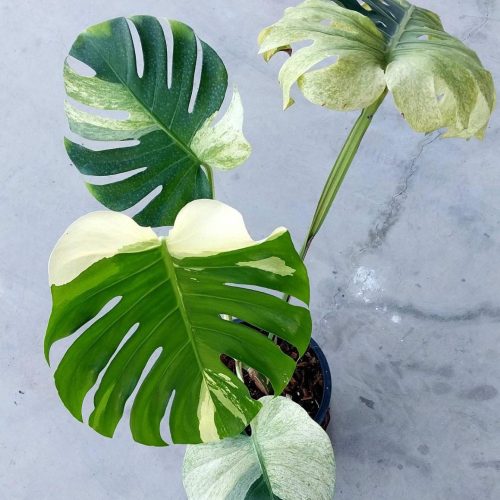



![12x Monstera Borsigiana Albo half leaves variegata [3-4 leaves]](https://greenboog.com/wp-content/uploads/2024/10/Monstera-Borsigiana-Albo-half-leaves-variegata-1-500x500.jpg)
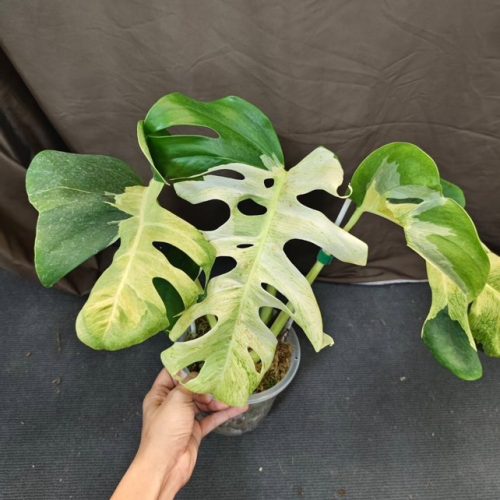

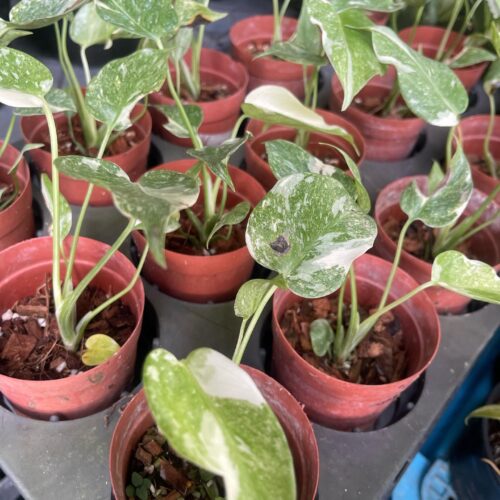
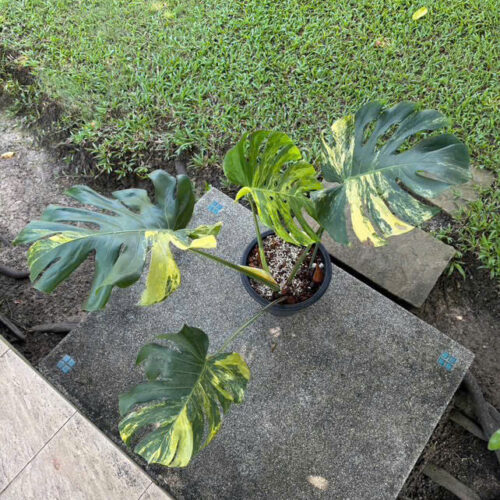
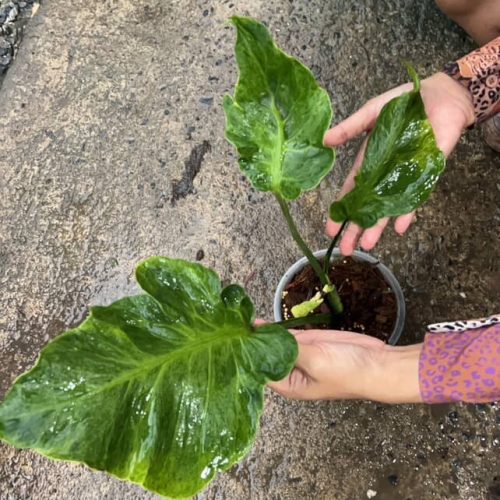
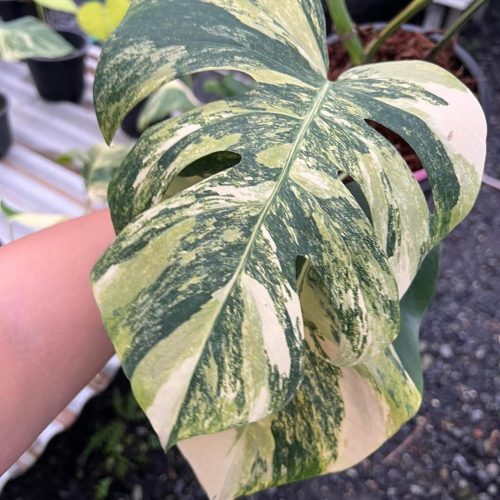

![10 Pots x Monstera Aurea Variegated / Mix Aurea tri color 3-4 leaves [well variegated]](https://greenboog.com/wp-content/uploads/2024/08/Monstera-Aurea-Tri-color-500x500.jpg)

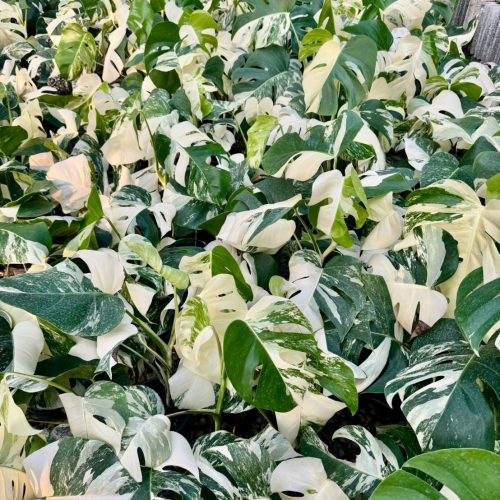
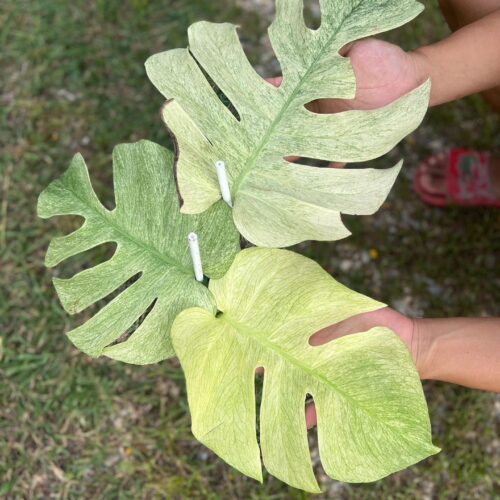
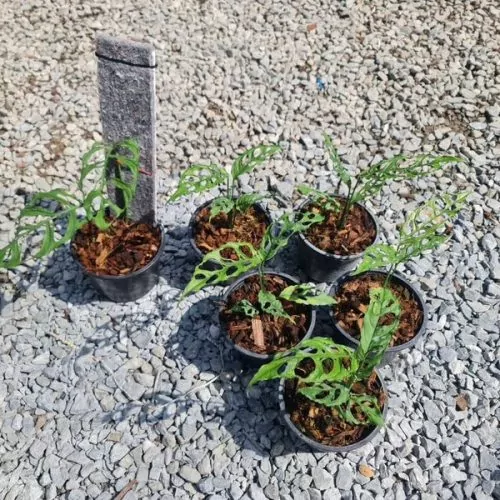
![[SALE] 10 Pots x Monstera Aurea Variegated 3-6 leaves [Medium size]](https://greenboog.com/wp-content/uploads/2025/01/Monstera-Aurea-variegated-4-6-leafs-500x482.jpg)





















